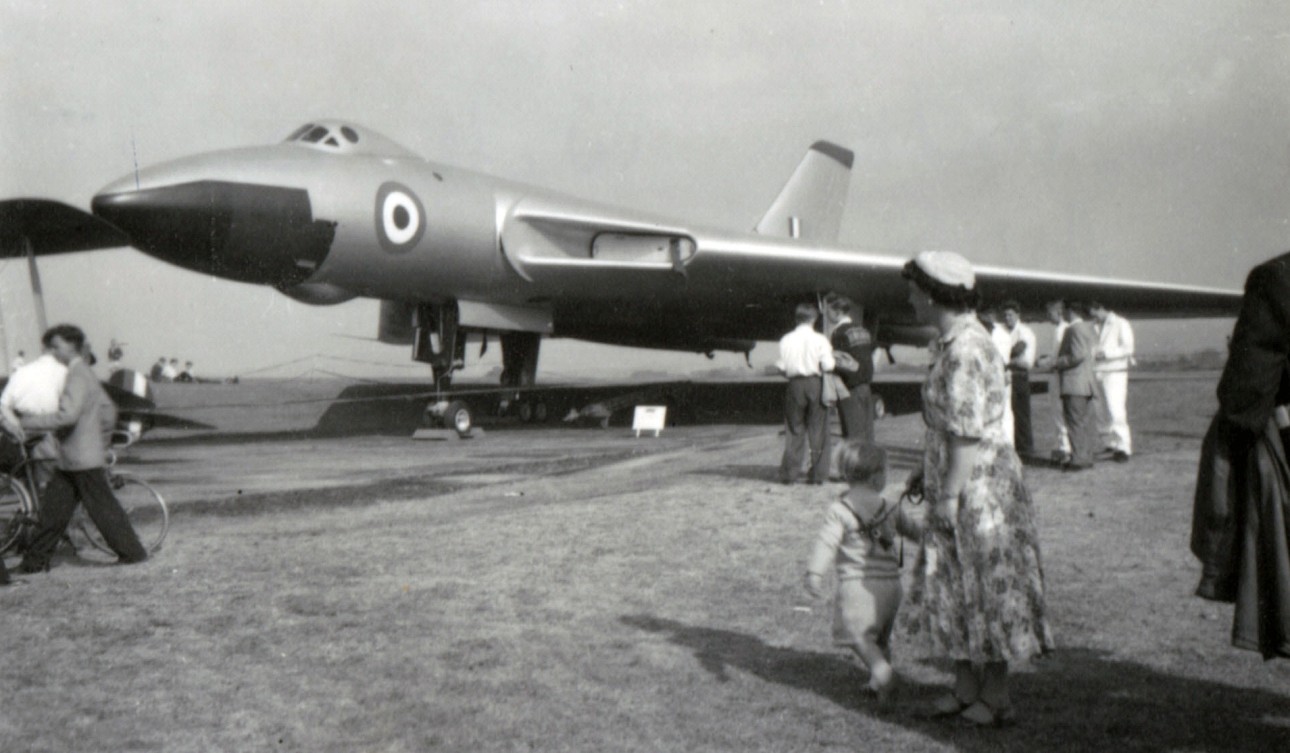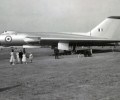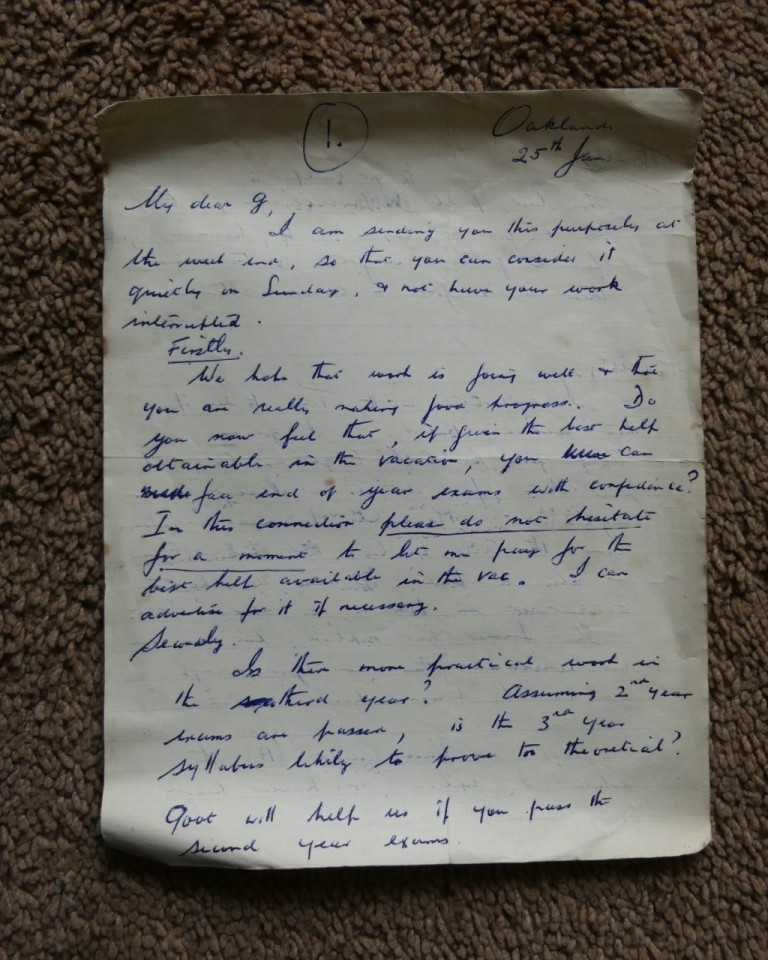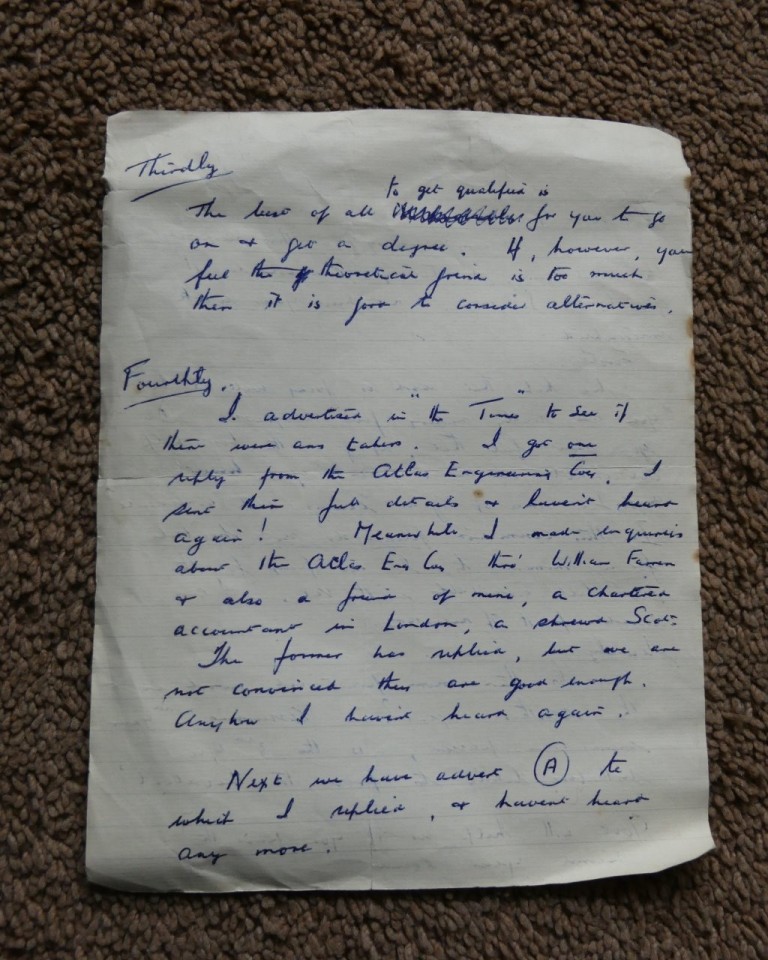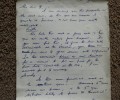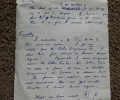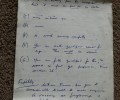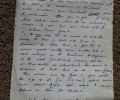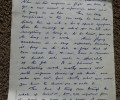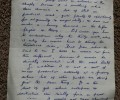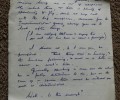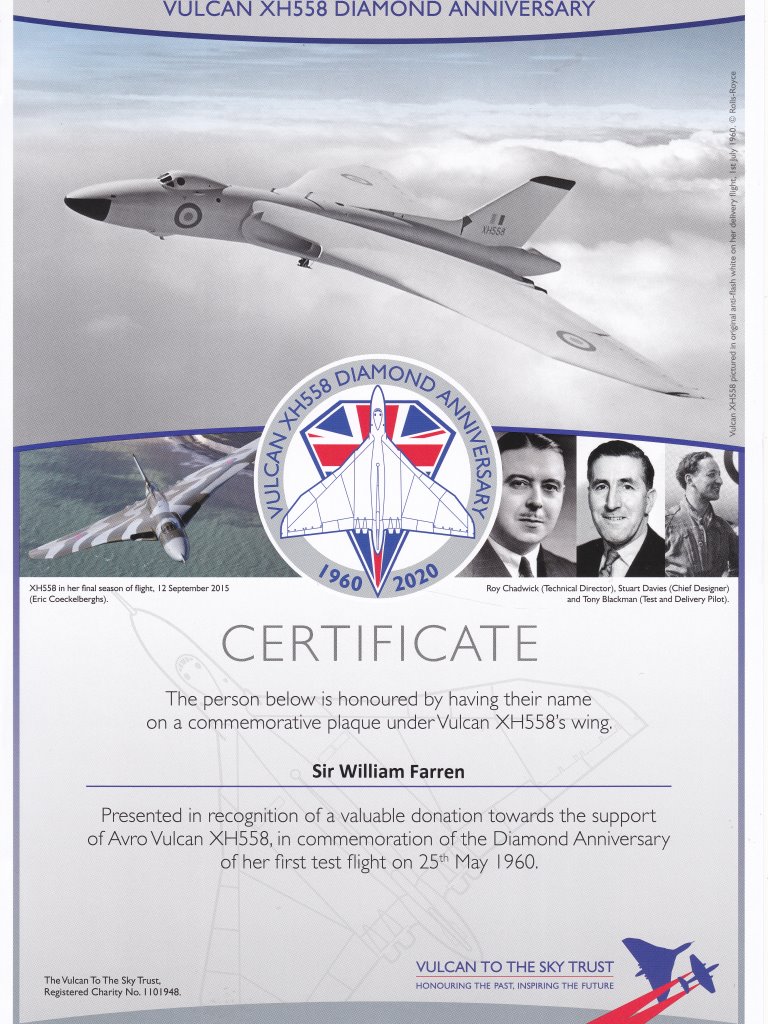
LATEST NEWS JUNE 2020
Click on the images to see a high resolution version.
When I heard that there was an opportunity to have your name inscribed on the wing of a Vulcan bomber this seemed too good an opportunity to miss. It felt fitting that, given Sir William's critical role in getting the first Vulcan through development and into the air during the 1950s (see article below), his name should certainly be there.
The occasion is the Diamond anniversary of the first flight of the Vulcan B.Mk2 for the RAF; the first test flight on 25th May 1960 and the commencement of service on 1st July 1960. The plaque will be revealed on 1st July 2020 and all names published online. I've added my own name as well as Sir William's and at the time of writing (link) you too can have your name inscribed on the wing for a donation to the Vulcan to the Sky Trust - a worthy cause for heritage aircraft preservation and restoration.
My video footage of the last flying Vulcan Bomber, August 2014 at the Newcastle, Co Down, Airshow, one year before the Vulcan's final flight.
Farren was made a "Fellow of the Royal Society" (FRS) in 1945 and was knighted in 1952 in the Queen's first Birthday Honours List.
Roy Chadwick of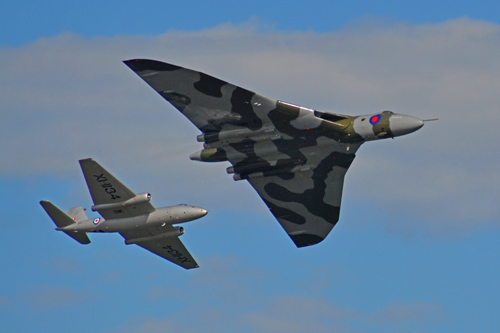 A.V.Roe is rightly credited with designing the Vulcan Bomber, the culmination of a brilliant career in aircraft design which began in 1912 and included the mighty Lancaster Bomber. Chadwick was tragically killed in an aircrash at Woodford on 23 August 1947. (Photo: Wikipedia, Public Domain)
A.V.Roe is rightly credited with designing the Vulcan Bomber, the culmination of a brilliant career in aircraft design which began in 1912 and included the mighty Lancaster Bomber. Chadwick was tragically killed in an aircrash at Woodford on 23 August 1947. (Photo: Wikipedia, Public Domain)
It was to be another five years before the first flight of a Vulcan and nine years before Vulcans became part of the RAF fleet. It was William Farren, knighted a month after its first flight, along with Davies, Chadwick's successor as Chief Designer, who masterminded the Vulcan project and nursed it through to success.
Farren handled flight test and research and dealt with external relations with the RAF and Government. The Vulcan configuration was totally new and experimental and many doubted that it would work. Davies credited Farren with being superbly good at the "politics" but also at being able to interpret and analyse flight and wind tunnel data in a way that was crucial to the success of the project.
Ironically, one opponent to the Vulcan project was Farren's friend and successor at Farnborough, W. G. A. Perring. He and the Farnborough aerodynamic department concluded that there was a basic design fault in the Vulcan concept which was so radical that the entire project was unsound. G. P. Thomson / Arnold A Hall wrote, "Farren with his remarkable flair for amalgamating the theoretical and the practical managed to sustain the project despite this very difficult position, and subsequently justified the view he took." George P. Thomson and Arnold A. Hall, Biographical Memoirs of Fellows of the Royal Society Vol. 17 (Nov., 1971), p. 232.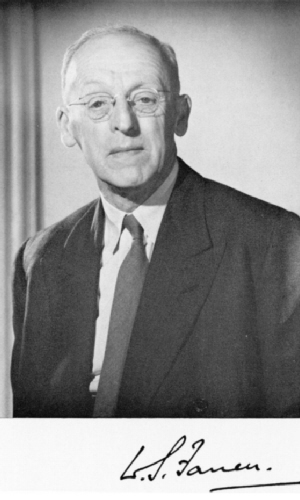
So it was that under his leadership the development programme proceeded with various one third scale model aircraft, the first prototype in August 1952, the first production model in 1955 and then into service in 1956.
Thomson/Hall wrote, "In retrospect it was clearly a masterstroke to invite Farren to head the technical team responsible for the Vulcan project. Before Farren's arrival A.V.Roe had employed a few highly skilled or experimental scientific engineers... They had no wind tunnel, no aerodynamics or flight development departments and it was these shortcomings that were perceived and remedied by Farren." George P. Thomson and Arnold A. Hall, Biographical Memoirs of Fellows of the Royal Society Vol. 17 (Nov., 1971), p. 233
Click here to see a news report about the Duke of Edinburgh's visit to learn more about the Vulcan Project in 1958.
In 1954 Farren oversaw the initial development of the Blue Steel missile (Photo - Wikipedia, Public Domain) and it's integration into the Vulcan, as part of Britain's nuclear defence. This project was plagued with uncertainty about the actual size and weight of the proposed boosted fission warhead Green Bamboo, but was finally launched in 1962 after Farren had retired.
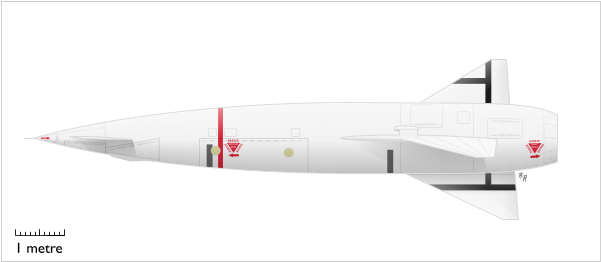
Also in 1954, following three de Havilland Comet disasters, Sir William was appointed as one of three assessors to the Court of Inquiry under Lord Cohen, leading to a significant report in the development of civil aircraft safety. The de Havilland Comets had crashed as a result of metal fatigue. The intensive investigation at Farnborough identified this fatigue as originating from the corner of a window. It was discovered that square windows resulted in very high stresses at the corners resulting in rapid deterioration and eventual breakup of the fuselage. A legacy of Sir William and the team led by Sir Arnold Hall was that future airliners were much safer; always built with oval windows.More information here and here.
Sir William retired in 1961. Lady Carol Farren, who had been in poor health for several years, died in February 1963. In October, Sir William married my great aunt, Mildred Hooke OBE, formerly headmistress of Bradford Grammar School.
William and Mildred - Wedding Photos, October 1963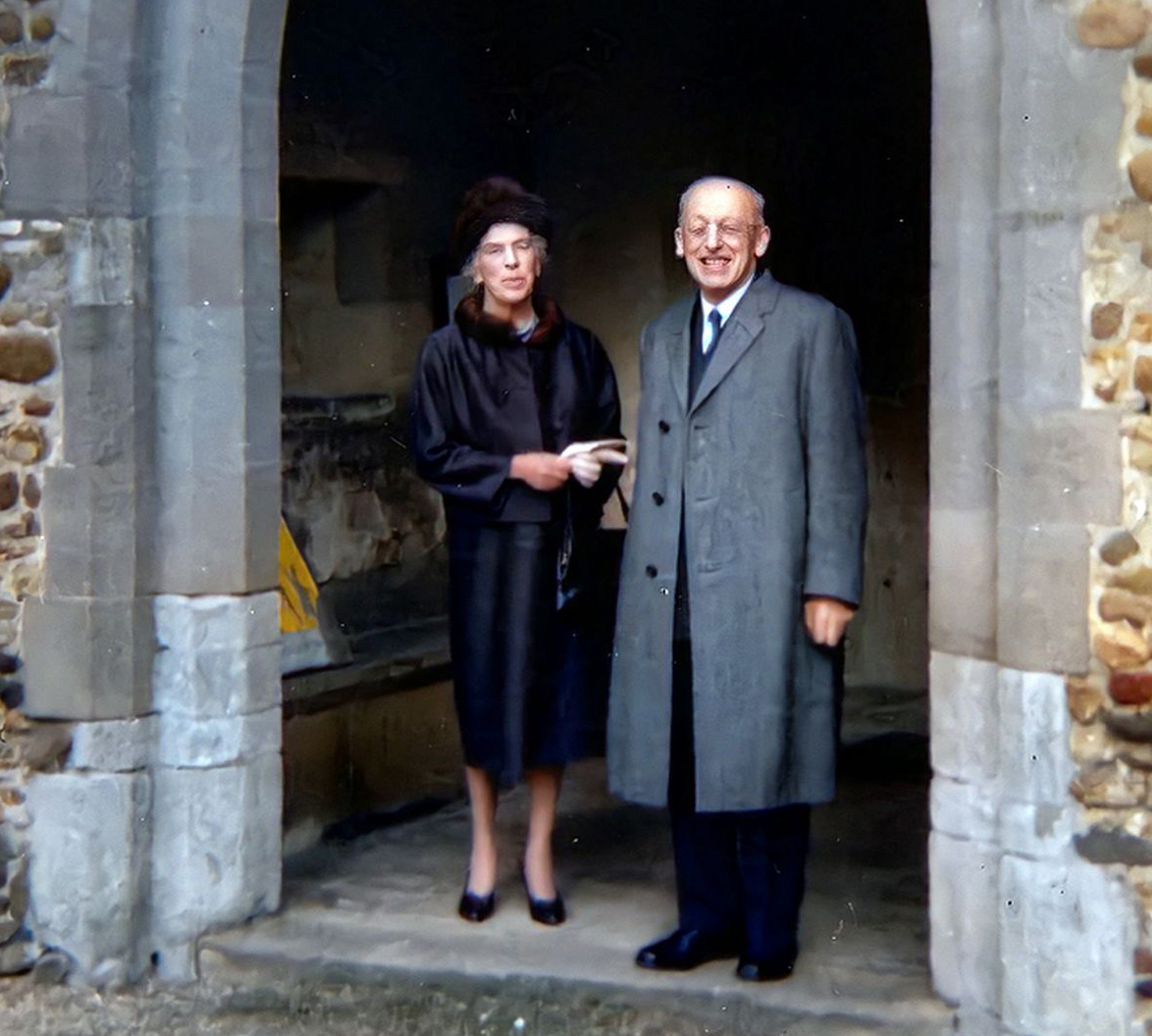
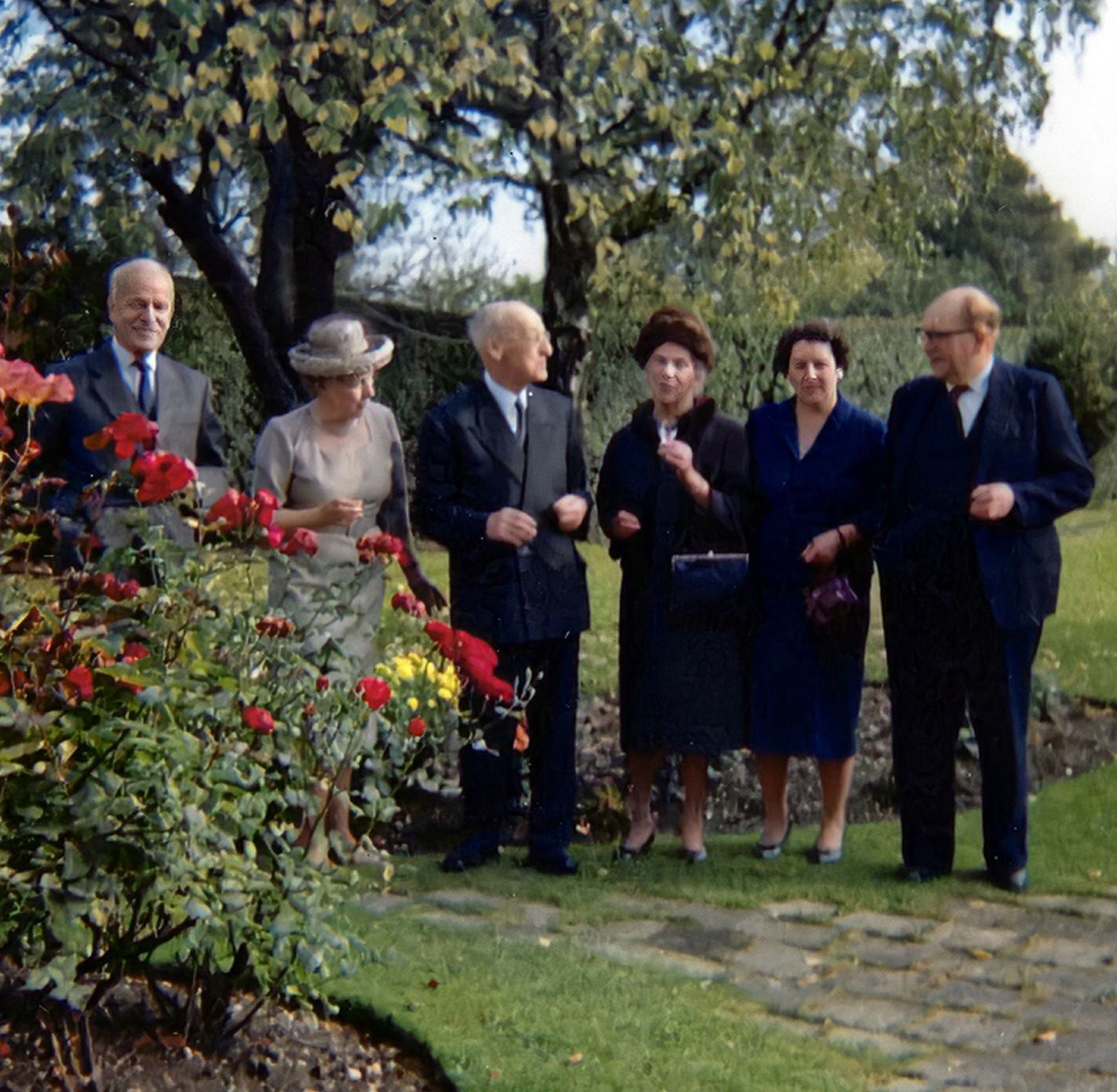
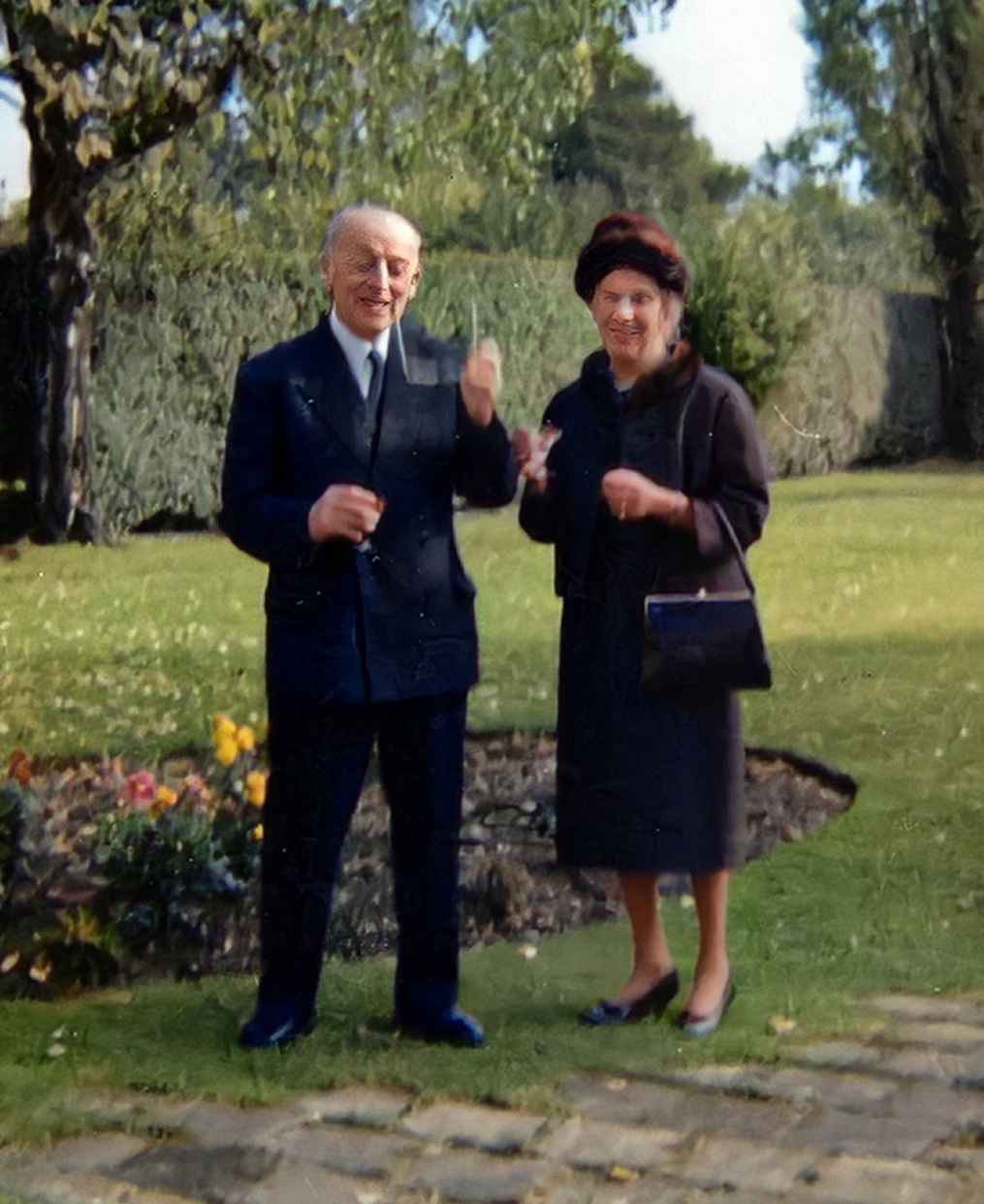
Mildred devoted herself to looking after Sir William as his health failed over a perid of five years, until his death on 3rd July 1970.
Jonathan Jones was a 21 year old nurse in 1969, employed by Lady Farren to assist in Sir William's care. He has kindly written an account of his experience at the Farren's home, Crossways Cottage, Kingston. You can read it on this page about Lady Farren.
The Hooke family connection with Sir William appears to date back to Farren's time at Cambridge University before WW1, when he first became friends with Mildred Hooke. This family connection was also given very helpful expression for the benefit of my father, George Hooke, shortly after WW2, when he, aged 22, recently demobbed, was exploring career options. George's father, Cyril Hooke (MIldred's brother), wrote to William Farren (not yet knighted), seeking advice for his son. William wrote back at length, including a potential job offer, and paved the way for my father George to begin a career in aviation engineering. Here is a transcript, of Cyril's letter to George, quoting Farren varbatim.



